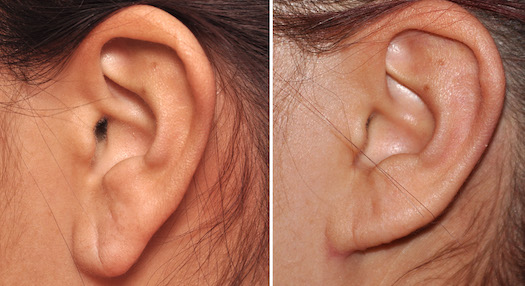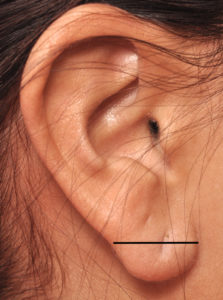Background: The earlobe is the only part of the ear that does not have a cartilaginous base. It is only skin and fat which makes it potentially structurally unstable over a lifetime. It is prone to elongation due to aging and stretching from ear ring wear. It is also prone to being too big in size and length by natural development in younger people. Larger earlobes can make the ear look disproportionate and, interestedly, it is the single most observable ear feature for many people.
While the size of the earlobes varies amongst men and women, they are some established aesthetic guidelines. Studies have shown that the average length of the earlobes is around 2 cms, with the male having several millimeters of increased length. Asymmetry in earlobe length is the norm, not the exception.
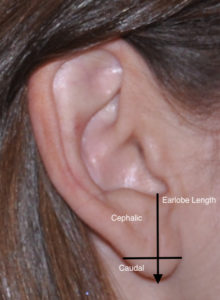
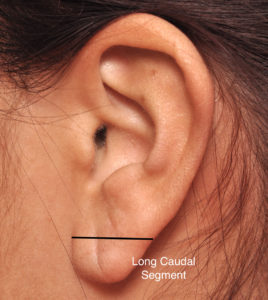
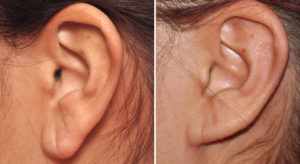
The inferior rim technique is the best method to correct earlobe ptosis as it directly removes excessive caudal earlobe length. It also places the scar in the most inconspicuous location where it heals well and allows the earlobe to remain scar-free.
Case Highlights:
1) Earlobes can be congenitally long in a young patient.
2) Earlobe reduction can be done as part of a cartilaginous otoplasty procedure.
3) For true earlobe ptosis earlobe the inferior rim method provides the best correction of the low hanging caudal tissue segment.
Dr. Barry Eppley
Indianapolis, Indiana

